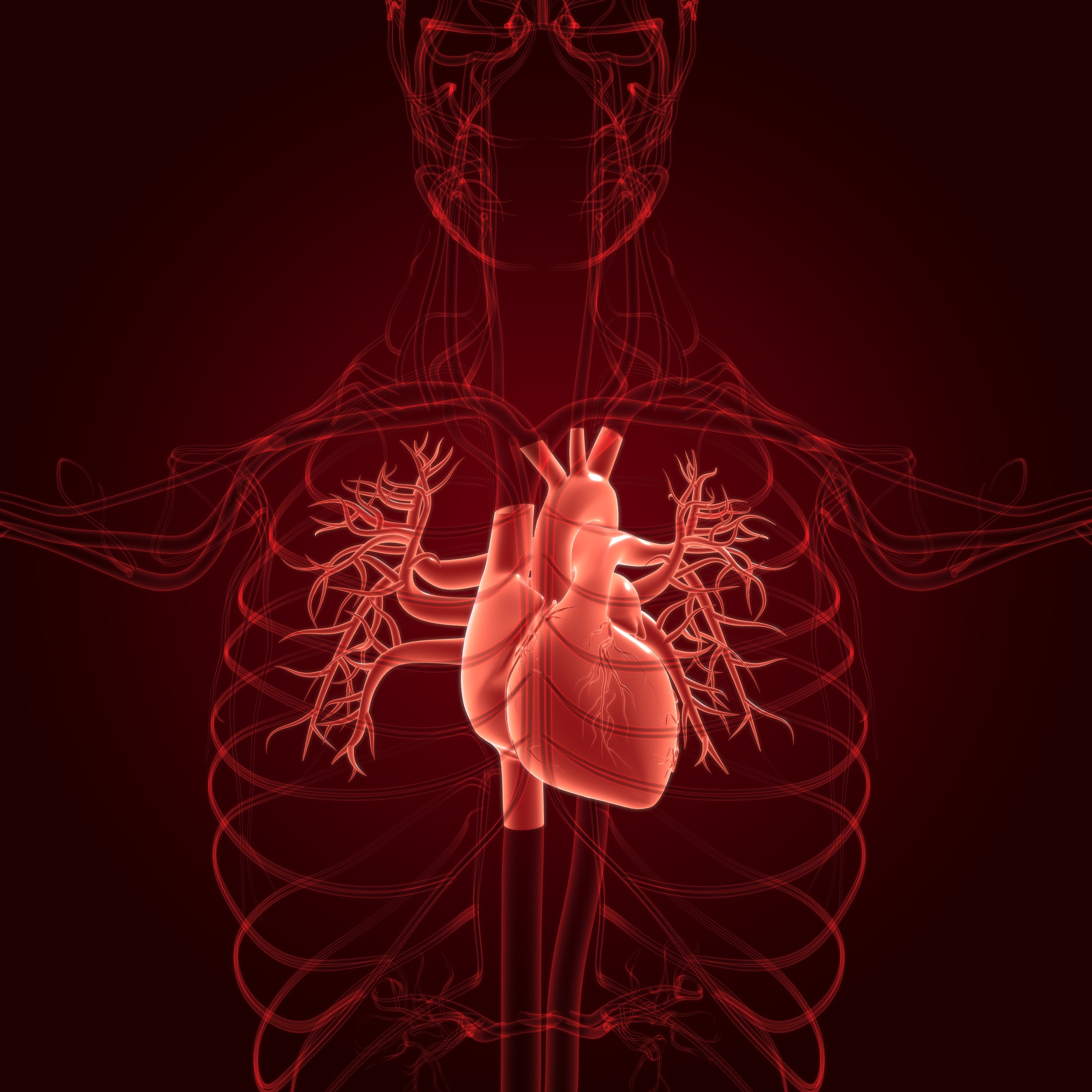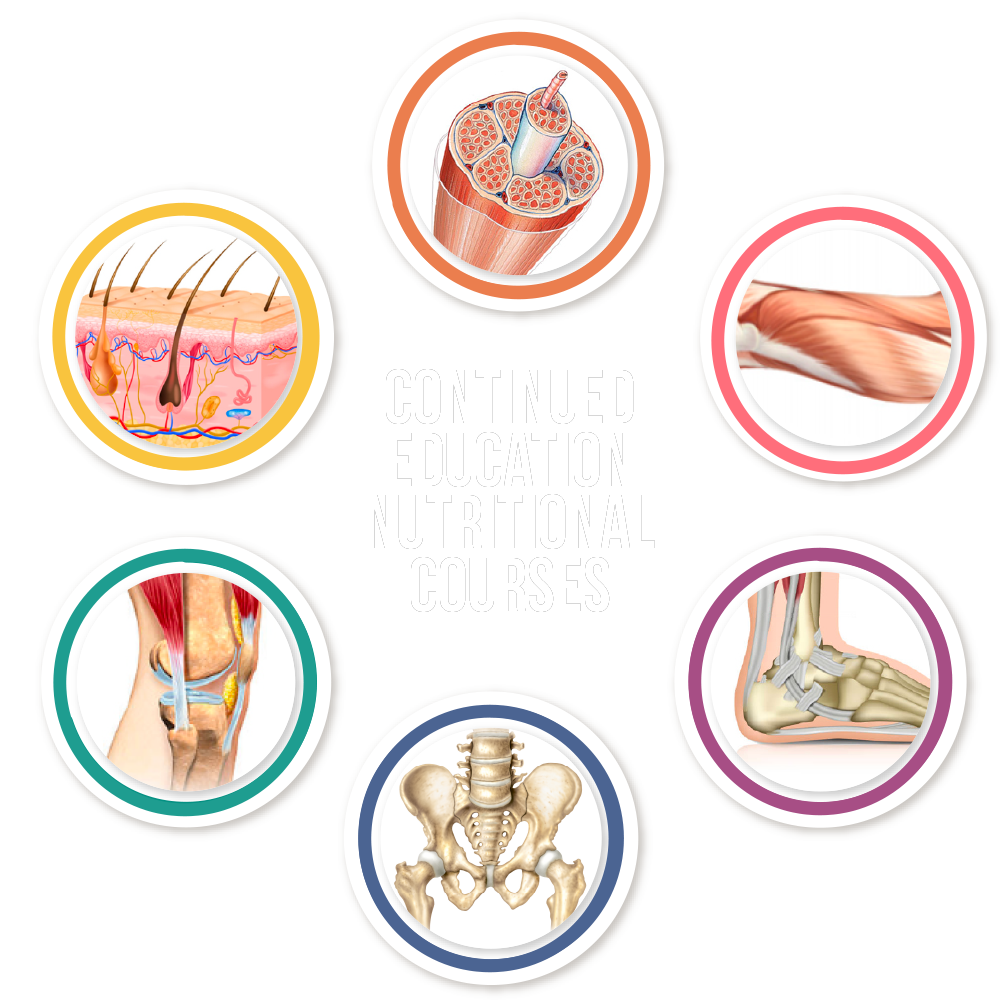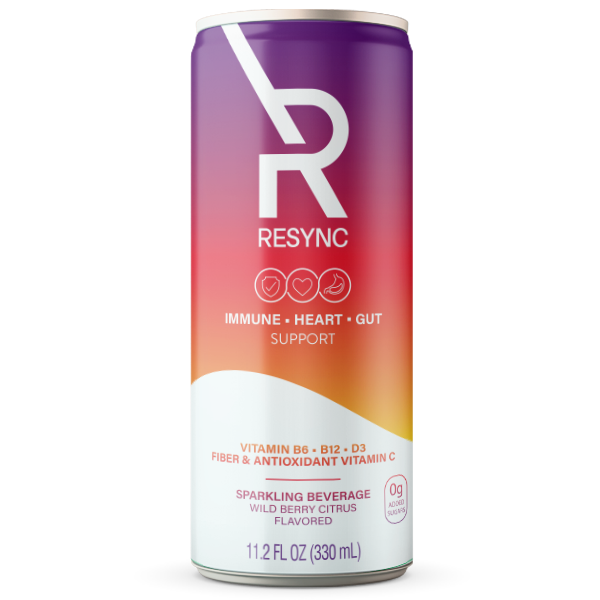
Nitric Oxide
New Research & What To Be Excited About
The interest in the value of nitric oxide has been growing exponentially post-COVID across different fields, from performance to therapeutic and medical, to explore its full potential in our performance, wellness, and healthcare.
At Resync, we have written many valuable blogs on the subject of Nitric Oxide.
If you are an athlete who wants to enhance recovery and decrease muscle and fascia soreness, check one of our blogs on.
If you consume red beets to support nitric oxide levels in your body, you may want to read
Nitric oxide has the potential to reshape the way the athletic and medical fields think about the cardiovascular system and also soft and connective tissue health.
Early History of Hemoglobin Nitrosylation Research
For the purpose of this blog, I will reference the most recent and applicable research on the correlation between hemoglobin and nitric oxide. Let’s start with impactful research published in 2013 and 2015 that had a huge impact on the most recent publications from 2023.
However, let’s remember that other researchers contributed to today’s findings. For example, Edwards in the ’80s and Ford in the ’90s were already researching nitric oxide and heme regulation.
Then it seems that multiple groups have worked on these subjects in the last decade and arrived at similar, if not the same, conclusions simultaneously.
In 2013, a study by Shapiro et al. Hemoglobin-mediated nitric oxide signaling suggests many of the hypotheses that were later explored further by the Karolinska Institute 2017 Kleschyov who is also the corresponding author of the new article that was published in 2023.
Then Stamler, who has been researching the subject of nitric oxide and hemoglobin regulation since the nineties, finally in 2015, discovered that the protein S-nitrosylation is needed to oxygenate tissues. The notable discovery that S-nitrosylation of hemoglobin is needed to oxygenate tissues has re-defined the respiratory cycle as a three- (not two-) gas system—O2/NO/CO2—and identified an essential role for RBCs in the control of blood flow.
“It’s in the hemoglobin protein itself, which has the ability to deliver the nitric oxide together with oxygen.
The simplified textbook view of two gases carried by hemoglobin is missing an essential element—nitric oxide—because blood flow to tissues is actually more important in most circumstances than how much oxygen is carried by hemoglobin. So the respiratory cycle is actually a three-gas system.”
- Jonathan S. Stamler, MD.
In layman’s language, Stamler showed that nitric oxide must accompany hemoglobin to enable blood vessels to open and then supply oxygen to tissues. This unexpected finding expanded the understanding of hemoglobin's function, revealing its involvement in blood flow regulation—a crucial aspect of exercise physiology, recovery, and cardiovascular health.

RESYNC RECOVERY
VEGAN NITRIC OXIDE BLEND
Nitric Oxide Reds + Anti-Inflammatory Properties
- Taken by elete athletes and MLB, NBA, NFL, NHL, US Soccer & NCAA Teams
- Clinically tested, researched & 3rd party tested (NSF Sport Certified)
- Resync Red Spinach ≈ 5 X's More plant-based nitrates than in beets alone
- Support circulation for better heart health, nutrient delivery, and recovery with less soreness*
- Create healthy inflammatory response post physical activity*
- Antioxidant and immune support*
- Promote healthy brain & cognitive function*
- Support more restful sleep *
Save 20% Off All Resync Products
Use Code: BLOG2021
Shop NowWhat Did We Learn About Nitric Oxide In 2023 That Makes People Excited?
In a study published in September last year in the peer-reviewed journal Nature Chemical Biology, Wake Forest physics researcher Daniel B. Kim-Shapiro and colleagues from the University of Maryland School of Medicine show how nitric oxide can be stabilized for potential therapeutic uses.
At the same time, across the ocean, Swedish researchers from Karolinska Institute stabilized nitric oxide by using an antioxidant called glutathione to bind it to heme - a molecule found in hemoglobin that is also available in endothelial cells. That created a reduced heme, a more stable compound called NO-ferroheme.
“What we need to do now is establish that the endogenous NO-ferroheme that's formed in endothelial cells really is a true signal substance and ascertain exactly how it gets synthesized in the body…”
- Professor Lundberg.
To get an idea of the importance of this discovery, note that the two 2023 articles were published in Nature Bioscience side-by-side. This is a common practice in scientific publishing journals, where the results from two completely separate groups that have arrived at the same conclusion from their separate lines of research are published side-by-side for comparison.The journal article likely intentionally vaguely described the timeline of this discovery, probably because it wants you to see that this is emerging science, and multiple groups have simultaneously come to similar conclusions.
You see this when you go back in the history of nitric oxide research: In 1986 two separate teams, one led by Dr. Furchgott and another by Dr. Ignarro, independently and simultaneously suggested that the then-unknown “endothelium-derived relaxing factor” may be N-O or a closely related compound. Great minds think alike!
Now, to whom can we attribute the first discovery?
The two recent articles to reference here are the 2017 article by Kelshyov of the Karolinska Institute and the 2013 article by Shapiro called “hemoglobin-medicated nitric oxide synthesis.”
In my reading, Shapiro may have posited the developed hypothesis of nitric oxide and hemoglobin first in 2013, and then Kleshyov took the baton and ran with it in 2017, which then blew the doors open for a wave of new research we’re seeing today.
Now the other authors are important here.
Stamler as I mentioned above, first discovered that the interaction of nitric oxide and signaling proteins is required for hemoglobin to carry out its function of delivering oxygen. Stamler’s history of publishing on this topic goes back to 1992, when he completed the basic science that set the foundation to make these current discoveries possible. Some other researchers in this domain have been massively influential, from Edwards in the 1980s, and Ford in the early 21st century. These two also made essential contributions to this field, which shows it takes not just a team but a team of teams to go far with research.
What Can Excite Us About These New Findings?
What I think is super exciting about all this recent research by Stamler and the 2023 papers is the idea that nitric oxide and the nitrosylation of hemoglobin are not just a part of the process, but an absolutely necessary part of the process of transferring O2 into the tissues and transporting CO2 out of the tissues is compelling and exciting research.
We are now beginning to understand why you can have a lot of oxygen in your blood, but if your nitric oxide system is dysfunctional then you’re not effectively getting oxygen into your tissues. That has huge potential in athletics as well as heart health.
These articles show that nitric oxide is not just a regulator, but an absolutely necessary step in the gas exchange process — that’s really interesting and shows the potential of this discovery.
Vascular Function and Health
NO-ferroheme is a signaling molecule that plays a crucial role in regulating blood flow within the vascular system. It is exciting because it acts by stabilizing nitric oxide, allowing it to bind to and activate enzymes that control blood flow and enhance oxygen and nutrient delivery to muscles and fascia during and, hopefully, after intense physical activity.
Potential Therapeutic & Medical Uses
Understanding this could be important for any medical and health professionals, as it could relate to how the NO-ferroheme compound might be used in future treatments to enhance vascular health and prevent cardiovascular-related medical complications.
Effects on Blood Vessel Health and Repair
This knowledge is crucial to everyone, not just those at the age of 40+ whose nitric oxide levels start to decline or current and retired athletes who are dealing with vascular-related challenges. This finding underscores the importance of NO-ferroheme in maintaining the integrity of blood vessels, which are essential for sustaining high levels of physical performance and well-being.
EXPAND YOUR KNOWLEDGE
WITH RESYNC Nutrition & Connective Tissue Courses
The Resync team has curated a 6-part course that dives deep into every layer of the body.
These courses provide evidence-based nutrition recommendations to optimize performance, accelerate recovery, promote healing from an injury, and manage symptoms of connective tissue conditions that are responsive to nutrition.

Summary:
Doctors have known for years, yet could not explain for a long time, that a major disconnect existed between the amount of oxygen carried in the blood and the amount of oxygen delivered to the tissues.
The new findings showed that nitric oxide within the red blood cell itself is the gatekeeper and key to the respiratory cycle.
You can have a lot of oxygen in your blood but if your nitric oxide system is dysfunctional, you are not getting oxygen into the tissues.
That has a huge potential in athletics and cardiovascular health.
At Resync, we are excited to see that Nitric oxide is not just a regulator but a necessary step in the process.
This research supports my genuine belief—and the reason I created Resync—that nitric oxide is essential for connective tissue health and recovery.
We want to hear from you!
Get practical details on how to eat and supplement to support your exercise recovery, heart health, beauty, and energy levels.
Subscribe and never miss out!
Resync is backed by research. That’s why we break down complex science into practical takeaways you can use today. When you have the right information, you are empowered to make the right decision for you.
If there’s something you want to know more about, let us know by leaving a comment, contacting us or getting in touch on Facebook & Instagram!
Helping you lead a healthier life,
-The Resync Team

JOIN OUR NEWSLETTER
Stay up to date with the latest science-backed data, receive expert knowledge, and healthy inspiration for you and your family.
Get 15% Off Your Order When You Sign Up For Our Newsletter
Save 20% Off All Resync Products
Use Code: BLOG2021
Shop NowWritten by:


Barbara Depta & Detrick Snyder, MPH, RD





